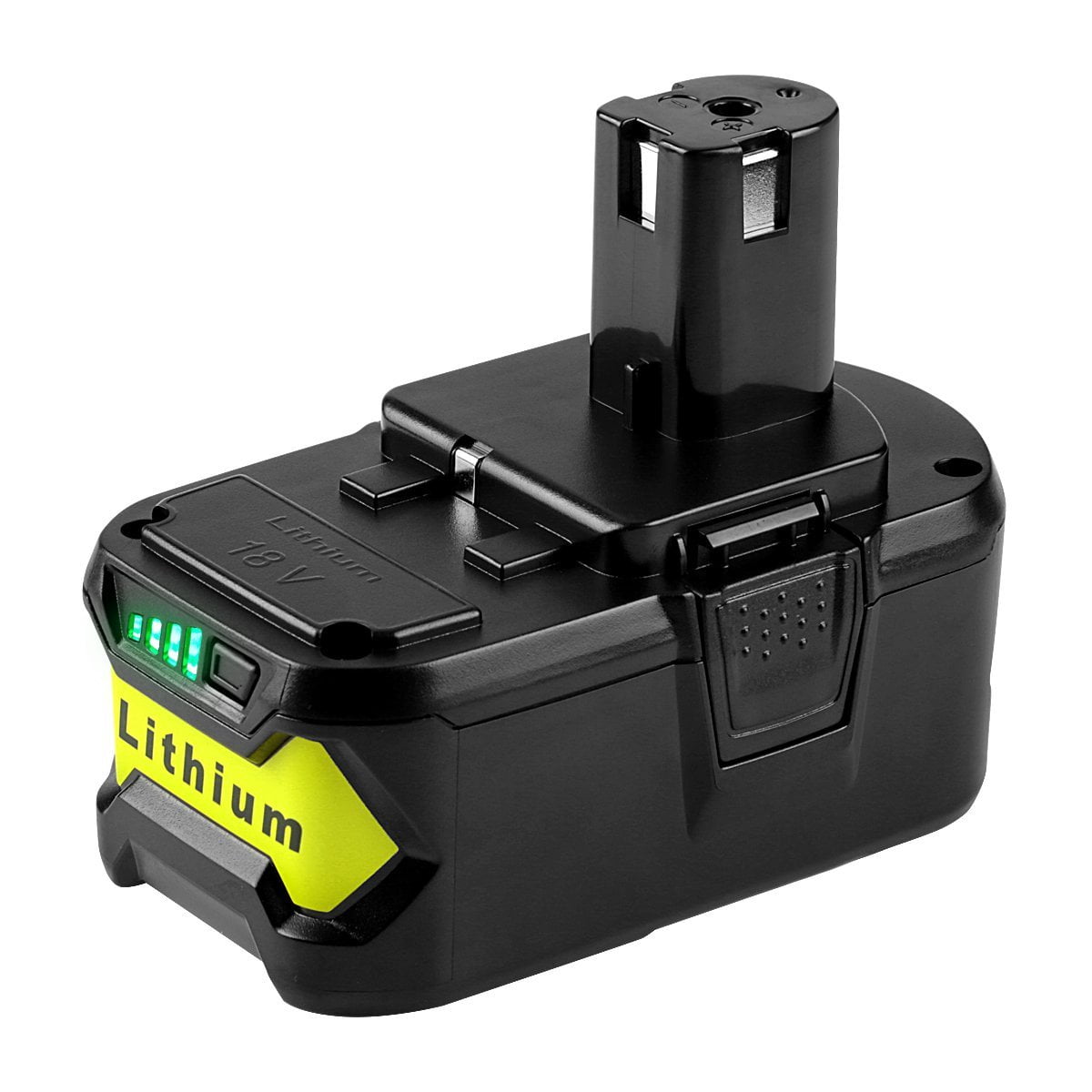

Forcing it is a definite way to damage the battery. Let it rest and put the battery on charge. You shouldn’t keep your finger on the trigger and keep turning to try and drive the screw. For example, if you’ve got one last screw to turn and then the battery is depleting, don’t force it over the final furlong. Never let the battery run all the way down. Bosch’s wireless batteries work on this principle so you can simply top up as you work without straining the battery. As long as some extra charge is put in, it’s ok to part charge these. It doesn’t matter if the battery isn’t at 100% before using it again. Li-Ion also doesn’t suffer from Memory Effect and so can you can charge these at any point.Īs soon as the performance of the battery decreases and you feel a loss of power, get the battery on charge. The opposite is true for Lithium-Ion batteries which should NOT be left to fully discharge.
.jpg)
While it’s true that NiCd and NiMh batteries need to be fully discharged to keep their optimum condition. True or False – you should fully discharge Li-Ion Batteries in order to maintain capacity?įalse.

What happens is the battery memorises the level of the last charge and starts from that point. In essence if a battery is continually recharged after a short discharge, the maximum capacity is lost. Here the battery remembers the last capacity point. Memory Effect or battery memory is a term that applies with older NiCd and NiMh batteries. There’s nothing wrong with my memoryīattery terminology can make things confusing and advances in Lithium-Ion technology mean that what was once applicable to older power tool batteries is now not the case. Still, when making the investment it’s important to be clear about what the benefits are. Each battery has its own unique advantages within the 18V series, whether that’s price, performance or warranties. All you need to know about the latest power tool battery technology.īuying into an 18V cordless platform now becomes an investment as prices for additional batteries aren’t insignificant, especially as the ampere-hour (Ah) increases. To ensure you’re continually getting the best from your battery this guide aims to provide greater clarity on choosing and maintaining batteries for optimum performance. Just as the technology changes so have the rules regarding battery usage and maintenance. More from FineWoodworking.With the promise of more power, extended run times and longer overall battery life, the advances in power tool batteries have increased significantly in the last few years. This should be attractive to woodworkers, who want better control and ergonomics in the shop but don’t need to drive scores of screws non-stop. By the way, the compact 18-volt batteries offer all the power of their full-size 18-volt brothers, but less run time. And they expect their new DCK265L combo kit, which includes a 1/2 drill-driver, an impact driver, two batteries, and a charger for $279 to be the most popular package.īear in mind that DeWalt also offers its 18-volt tools with full-size lithium-ion batteries, but even those are smaller and lighter than the old NiCad models. Rather than buy the individual batteries, though, at $99 apiece, DeWalt expects most people to buy new DeWalt compact 18-volt tools, knowing the smaller batteries will fit their other tools.
#18 volt battery drivers#
The new, smaller 18-volt power packs fit all DeWalt 18-volt tools, from impact drivers to jigsaws, going back more than 10 years. The new batteries are about half the weight, too.Īll the kings of the cordless category now offer much more compact 18-volt cordless batteries, based on lithium-ion technology, but according to DeWalt, the new compact DeWalt 18v battery is the first of the new batteries that fits older tools, without compromising performance in any way. Check out the difference in size between DeWalt's old NiCad 18-volt batteries and their new compact 18-volt lithium-ion batteries.


 0 kommentar(er)
0 kommentar(er)
